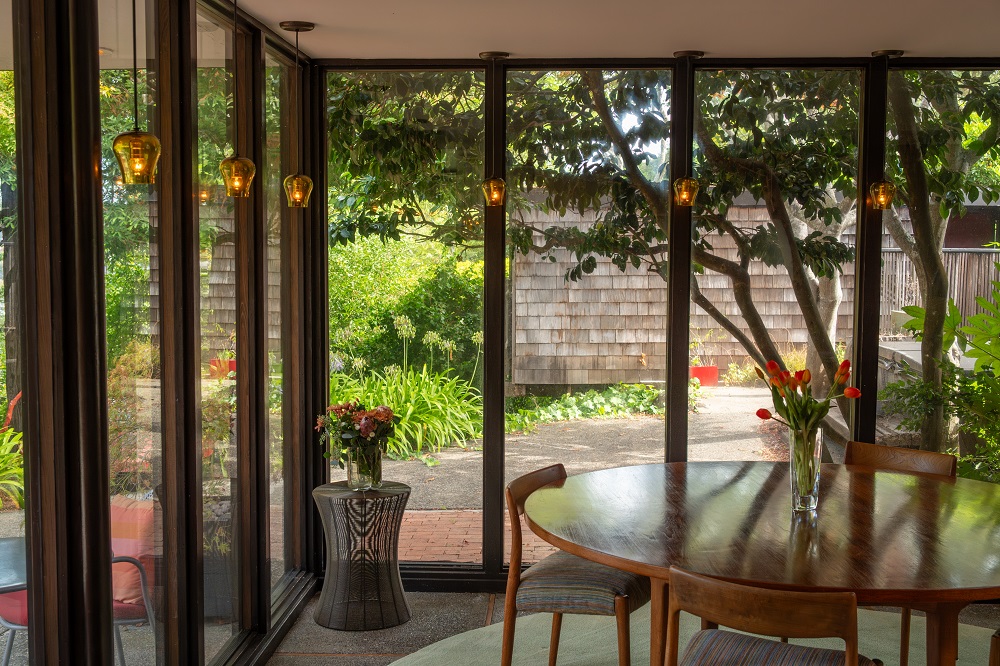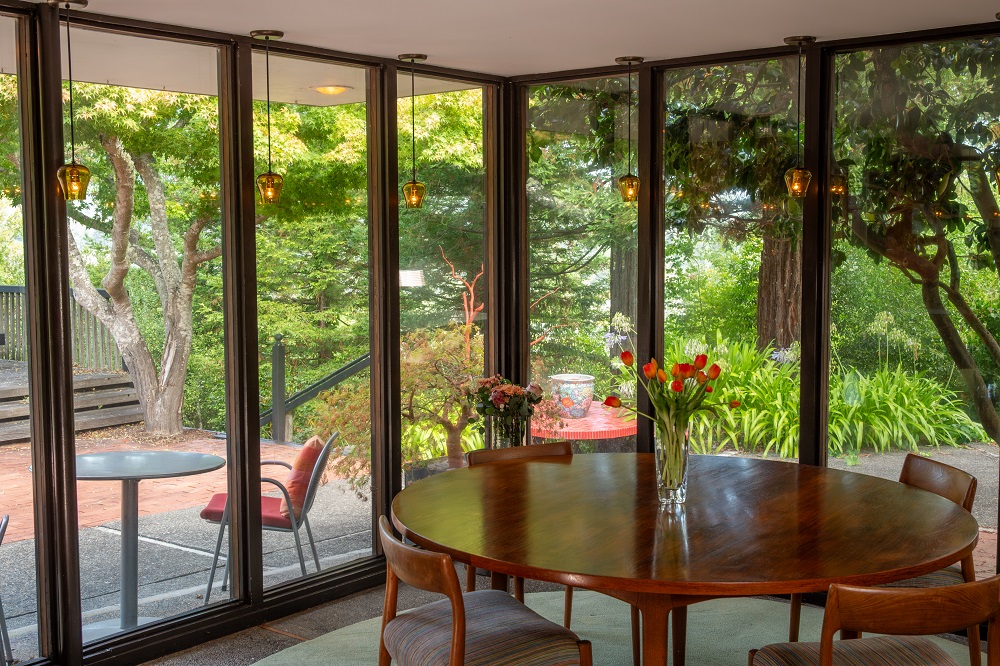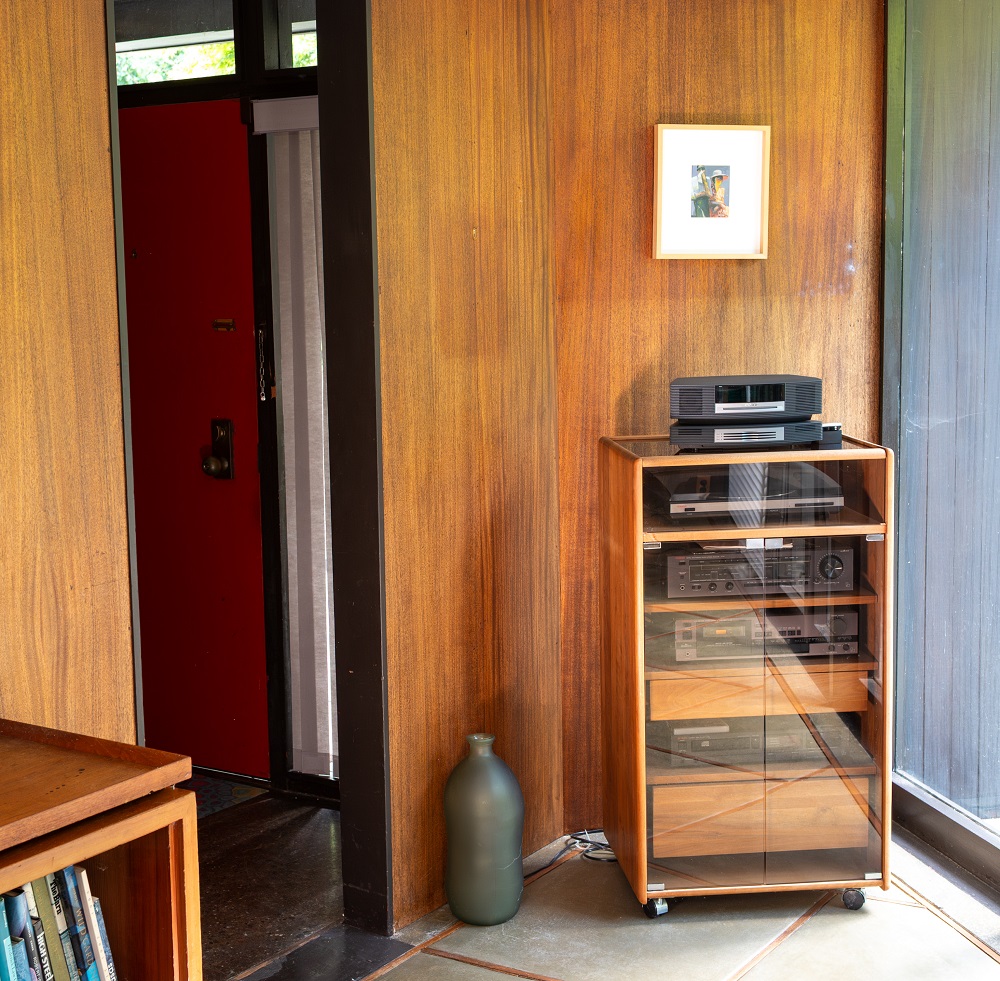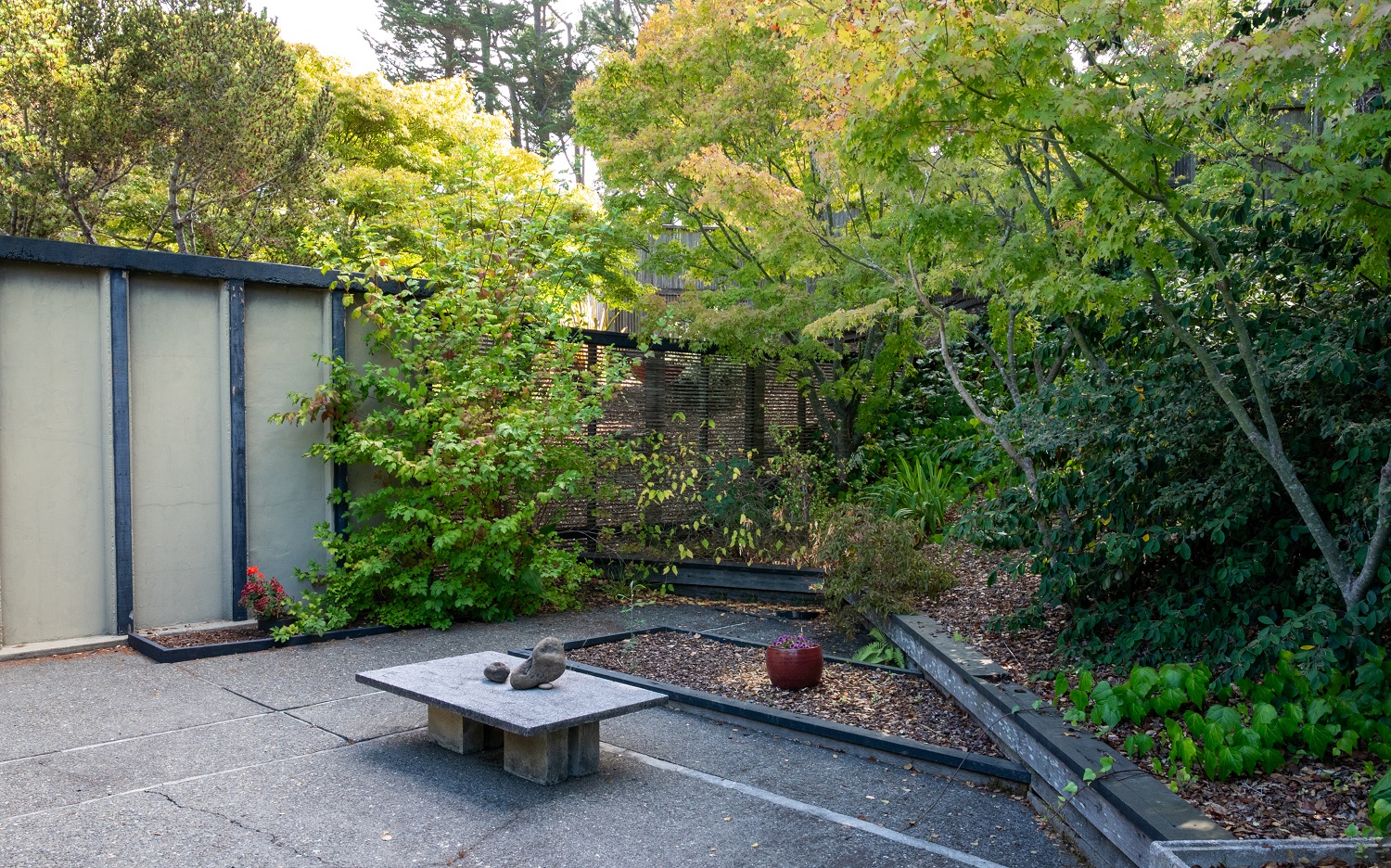Joseph Allen Stein
Joseph Allen Stein (April 10, 1912 – October 6, 2001) was a pioneering architect and a major figure in the establishment of a regional modern architecture in the San Francisco Bay area in the 1940s and 1950s during the early days of the environmental design movement. Greatly inspired by the works of Frank Lloyd Wright and Richard Neutra, his approach to architecture was characterized by a deep respect for the environment, a commitment to sustainability and a willingness to experiment with new materials and methods.

He studied architecture at the University of Illinois, the École des Beaux-Arts in Paris and the Cranbrook Academy of Art. He worked with Richard Neutra in Los Angeles, before establishing his practice in San Francisco. In San Francisco, he designed modest homes in the California style but also became increasingly interested in the issues of prototype low-cost housing. He was also an active member of the group known as Telesis, which sought to bring better design to the needs of the middle and working classes.

With the outbreak of the Korean War and the rise of McCarthyism in 1950, he felt the need to find a location where his talent as an architect could be more freely expressed, so he left the United State, first to Mexico and then to Europe, and finally to teach at Bengal Engineering College outside Calcutta.
He is noted for designing several important buildings in India, most notably on Lodi Estate in Central Delhi, including the headquarters of the Ford Foundation, UNICEF, the World Wide Fund for Nature and the India Habitat Center. The Government of India awarded him the fourth highest civilian award of Padma Shri in 1992, and, today, the 'Joseph Stein Lane', is the only road in Delhi named after an architect.
He is noted for designing several important buildings in India, most notably on Lodi Estate in Central Delhi, including the headquarters of the Ford Foundation, UNICEF, the World Wide Fund for Nature and the India Habitat Center. The Government of India awarded him the fourth highest civilian award of Padma Shri in 1992, and, today, the 'Joseph Stein Lane', is the only road in Delhi named after an architect.

A major book on his work, “Building in the Garden” by Stephen White, illustrates Stein’s belief that architecture had a social responsibility to enhance the lives of people, and his integration of architecture with the landscape reflected this philosophy.

His style of “California Modernism” is exquisitely illustrated in the two houses he designed for himself and for his collaborating friend and colleague, Rober N. Royston, one of the nation’s foremost modern landscape architects. The twin homes share a one-acre hillside site in Mill Valley’s Homestead Valley and a common open floor plan where every room has views and garden access, indicative of mid-century modern homes. His other residential works in the Bay Area follow this maxim of ‘buildings in the garden’ – where his structures dwell within the site’s context and the surrounding landscape.

The Royston home floor plan revolves around a central core wrapped by an open kitchen and living and dining rooms. Every room has views, and garden access, through floor-to-ceiling windows and wood-framed doors. The house construction reflects Stein’s belief in post-war experimental methods of building. The clever structural system of poured on-site concrete panels and strategically placed pipe columns allows for floor-to-ceiling glass walls, which opens the spatial quality of the house to the outdoor gardens. This relationship between the garden and the home creates a pleasant and peaceful living environment.
About author William Higgins, FAIA: William Higgins, formed Architecture International in 1994 with partners John Sheehy and interior designer Sherry Caplan. Higgins' areas of expertise include large mixed-use, residential, retail and institutional projects in the U.S. and Asia. He is a former Principal of The Architects Collaborative, the firm founded by Walter Gropius, founder of the Bauhaus. Higgins received his undergraduate and graduate architecture degrees from Louisiana State University and from Harvard University, respectively.

Contact Us
Please email us, We're happy to provide more information.



.svg)